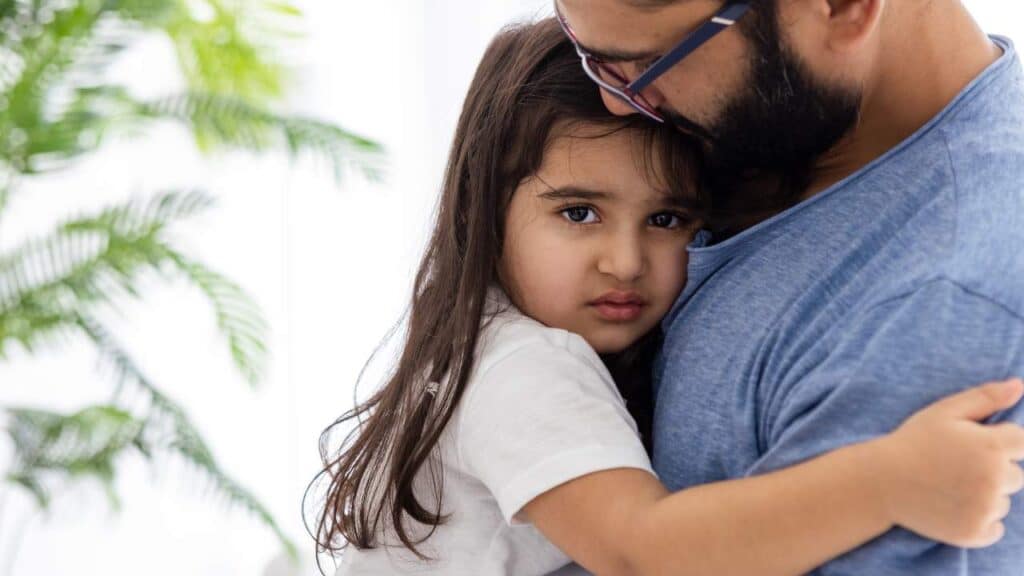As autumn rolls in and routines shift with the changing seasons, many parents find themselves facing a common challenge: their child’s separation anxiety. With school back in session and the holidays approaching, the transition can be particularly tough for children who struggle with being apart from their parents. Understanding and addressing separation anxiety can help ease this transition and support your child’s emotional well-being.
Understanding Separation Anxiety
Separation anxiety is a normal developmental stage in young children, typically surfacing between 8 months and 3 years of age. It manifests as intense distress when a child is separated from their primary caregivers. This anxiety can resurface or intensify during significant changes or transitions, such as starting school, moving to a new home, or even changes in the daily routine.
Recognizing the Signs
Children experiencing separation anxiety may show signs such as:
- Excessive clinginess
- Tantrums or crying when a parent leaves
- Physical symptoms like stomachaches or headaches
- Trouble sleeping alone
- Reluctance to go to school or participate in activities without a parent
Tips for Easing Separation Anxiety
- Establish a Routine
Consistent routines help children feel secure. Create a predictable schedule for drop-offs and pick-ups, and stick to it as closely as possible. Knowing what to expect can reduce anxiety and help your child adjust. - Gradual Transitions
Ease your child into new situations gradually. If starting school, arrange a few short visits to the classroom or playground before the first day. This can help them become familiar with their new environment and build confidence. - Create a Positive Goodbye Ritual
Develop a special goodbye routine that is quick and positive. This could be a special handshake, a brief hug, or a reassuring phrase. Keeping goodbyes short and sweet prevents prolonged distress. - Encourage Independence
Promote activities that encourage self-reliance and confidence. Activities like playdates, sports, or group classes can help children develop social skills and independence, making separations easier. - Stay Calm and Reassuring
Children often pick up on their parents' emotions. Approach drop-offs with calm and confidence, and reassure your child that you will return. Avoid showing anxiety or hesitation, as this can amplify their fears. - Communicate Openly
Talk to your child about their feelings and fears in an age-appropriate manner. Let them know that it’s normal to miss someone when they’re apart and that you understand their feelings. - Use Comfort Objects
Allowing your child to bring a favorite toy or comfort object can provide reassurance during times of separation. This familiar item can offer a sense of security when you are not around. - Praise and Encourage
Celebrate small victories and efforts to manage separation anxiety. Positive reinforcement helps build your child's confidence and reinforces their ability to handle being apart from you. - Seek Professional Help If Needed
If separation anxiety is severe or persists despite your efforts, consider seeking advice from a child psychologist or counselor. Professional support can provide additional strategies and support for both you and your child.
Conclusion
Navigating separation anxiety during the fall season can be challenging, but with patience, consistency, and understanding, you can help your child feel more secure and confident. By creating a supportive environment and addressing their concerns with empathy, you can ease their transition and strengthen their resilience.
Remember, every child is different, and what works for one may not work for another. Be flexible in your approach and willing to adjust strategies as needed. With time and support, your child will learn to manage their separation anxiety and thrive even as the seasons change.
 Skip to content
Skip to content
